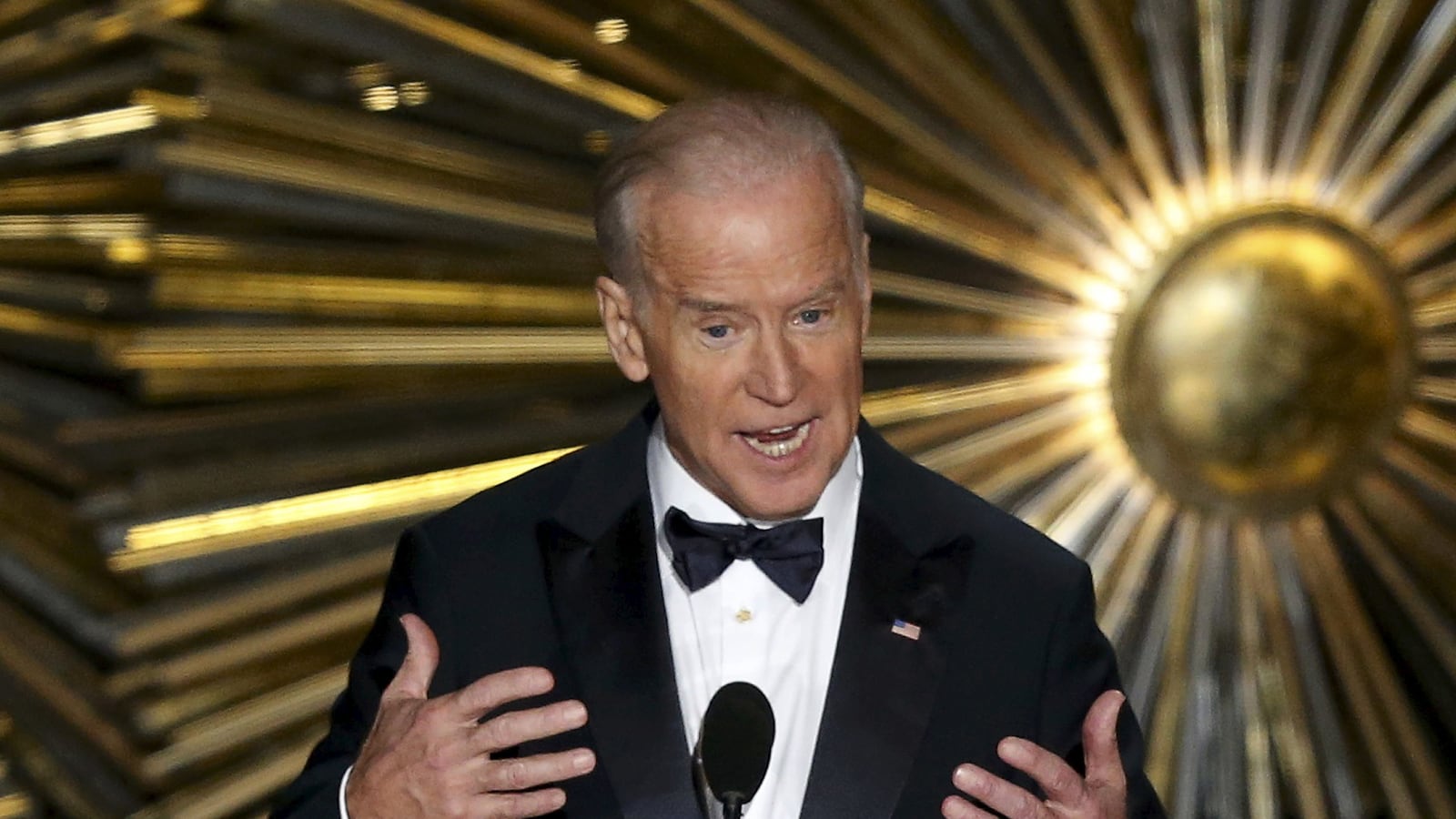To put Joe Biden’s South Carolina win in perspective, remind yourself of this. Ten or so days ago, he’d lost nearly all of a huge lead there and was nipping Bernie Sanders by very near the margin of error in some polls. I remember a 27-23 in there, with all the movement toward Sanders, him tightening up even the black vote. You could see the Sanders people on cable and Twitter carefully pre-gloating about the Palmetto Revolution.
Now, boom. Biden crushed the field. He won every county. In the exits, he won nearly every category, including African Americans by a thumping 61 to 17. Also, and this is interesting, turnout was very strong. It matched 2008, that year of peak Dem enthusiasm, which didn’t happen in Iowa or Nevada. It did happen in New Hampshire, but as David Wasserman noted, that appeared to be driven by Republicans voting (Republicans were eligible to vote in South Carolina, too; I don’t know how many did).
In other words, for the second time in four contests, we see high turnout correlated not with the candidate whose theory of victory is predicated on getting millions of new voters to the polls, but with the more mainstream Democrats, while the two states where Sanders won the popular vote had pretty anemic turnout.
So now, Super Tuesday. There are three things to watch: First and most important, will Biden hit 15 percent in California? Second, can he win Texas? And third, can he take Virginia? Those are the big questions of this race right now.
Hitting 15 percent in Cali is the ball game. As you know, if you don’t hit 15 percent statewide, you don’t get delegates. Actually it’s way more complex than that. So let’s wonk out for a couple grafs.
Here’s an explainer. You might want to familiarize yourself. There are 415 pledged delegates at stake in California, more than one-fifth of the total needed to win the Democratic nomination(1,991). Only one-third of the 415 are awarded based on statewide results. That’s 144 delegates. So if only Sanders clears 15 percent, he gets all of those: a strong head start.
The other two-thirds are awarded based on results within the state’s 53 congressional districts. When I even mention “California congressional districts,” I bet your mind goes straight to San Francisco and Berkeley and West LA and thinks advantage Sanders. And in those districts, sure.
But there are a lot of suburban and exurban districts in the state. Go this page and zoom in on the California map. The four that flipped blue in Orange County in 2018; the inland agricultural districts; places like the larger San Jose area and Contra Costa County, east of Berkeley and Oakland; and big rural districts right up the coast to Oregon. I don’t know how they’ll vote, but I know they ain’t Berkeley. Many of these districts are heavily Latino, of course, so much will hinge on that vote.
However, there is this wrinkle, which probably favors Sanders: Bluer districts get more delegates (for being good loyal Democrats). But even those districts don’t have that many delegates assigned to them. So if, for example, in Nancy Pelosi’s district, Sanders gets 37 percent and Biden 22, the delegate split will be pretty narrow, maybe even just one person.
The fivethirtyeight average as of March 1 has Sanders leading the state with 33 percent, Elizabeth Warren at 14, Biden at 13, Mike Bloomberg at 11, Pete Buttigieg at 8, and Amy Klobuchar at 5. You’d have to think that with all the “it’s a two-person race now” talk that people are going to be hearing in the next 48 hours, a lot of that Warren et al. support will shift to Biden (and some will shift to Sanders, too, a point to which we’ll return soon). But of course, there’s early voting there, so lots of people have voted already.
The difference between Biden hitting 15 and not is huge. If he doesn’t, Sanders walks away with perhaps north of 300 delegates. If he does, it’s much closer.
In Texas, fivethirtyeight has Sanders up six over Biden. And in Virginia, Sanders is up five. All that, too, is pre-South Carolina. Those numbers are almost surely undergoing rapid readjustment today.
Biden is coming off a huge high, but he may tumble back down to earth fast. He needs a big day Tuesday, and I’d define big day as hitting 15 in California and winning either Texas or Virginia. If he can do that and keep the delegate count close, then we can expect everyone else (I’d say even Bloomberg) to drop out pretty fast.
A Biden-Sanders race is probably the party’s destiny. They’re both very flawed candidates, but they represent the party’s two current factions about as well as anybody.
The fascinating question then is how sentiment within the party falls in that two-man scenario. As I noted, most of the Klobuchar-Tom Steyer et al. vote will probably shift to Biden. But not all of it will. Voters aren’t as ideological as you and I. There are people out there who like Bloomberg, but for whom Sanders may be their second choice. For all kinds of weird reasons.
If Sanders’ ceiling really is around 35 percent, or maybe 40, then it would stand to reason that nearly all the delegate-rich states after Super Tuesday will favor Biden. March 10 brings Michigan (125), which Sanders won in 2016 and where he’ll be strong. But the following Tuesday (March 17) will see Florida (219), Illinois (155), and Ohio (136) voting. In a two-person race, those all seem more like Biden states than Sanders.
How distant, and weird and even pointless, Iowa and New Hampshire seem! Now, Democrats are voting, in big and diverse Democratic states. That’s where the nomination will be won, and that’s exactly as it should be.







